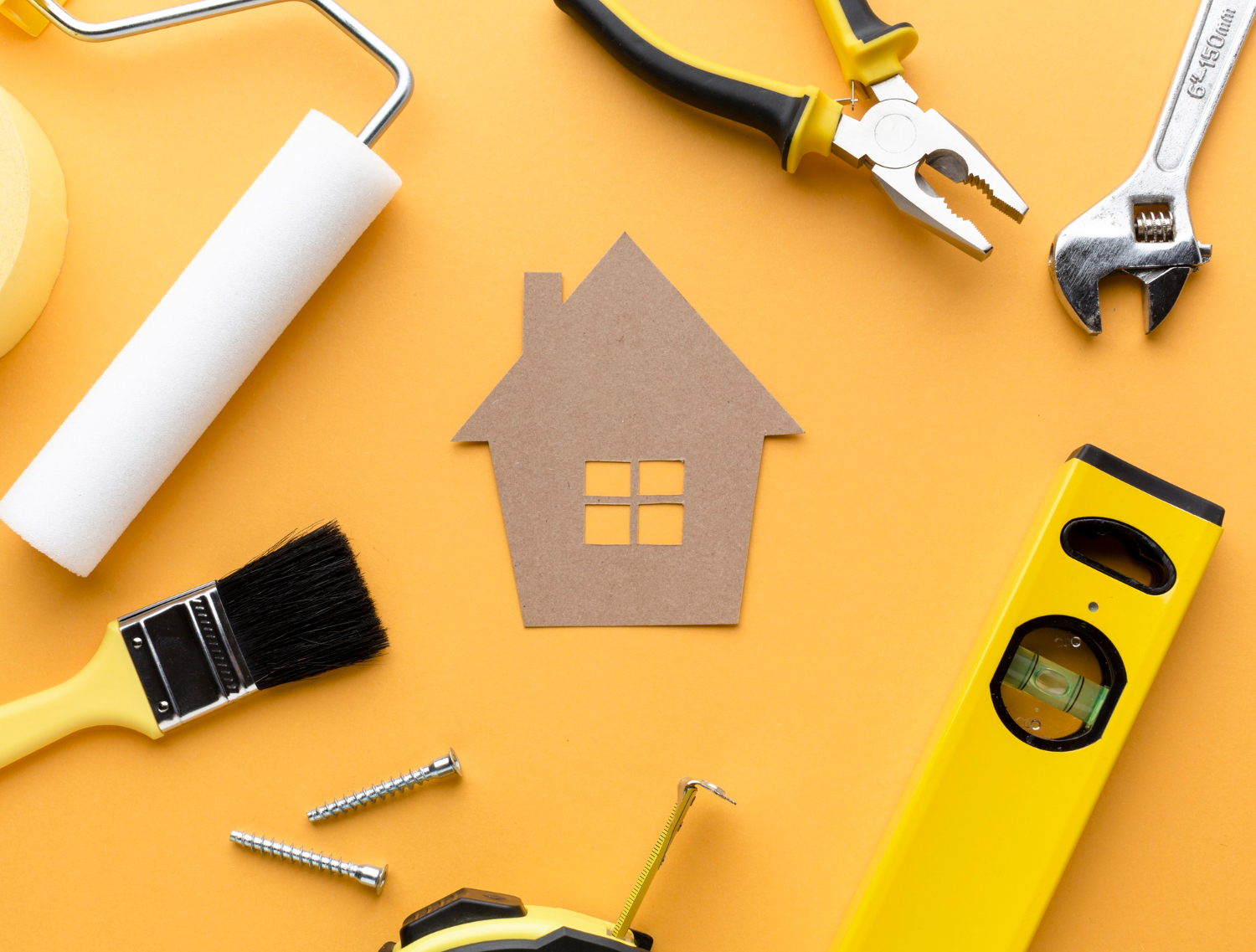
Generally, we spend a considerable amount of our daily 24 hours at home. The home is where we retire after the day’s stress. It is a little world we design ourselves. We choose furniture, wall decor, lighting, and appliances for comfort.
However, there are expenses no homeowner can escape – whether first-time or long-time owners. This is aside from mortgages, taxes, and utilities. If you have not faced big maintenance or repair bills, just wait.
Home appliances will inevitably break down. For instance, you may need to spend on Air Conditioning Repair and Replacement. These expenses can be overwhelming, hence the need to effectively plan for them ahead.
Table of Contents
How to budget for home maintenance and repairs on a budget
You can never know what things will need repairs in the home. It is only possible to forecast. Likewise, having more than enough money set aside for any contingency bills is always better.
Your home’s age, size, and condition will determine the repairs and maintenance costs. An old building, for instance, will cost more to renovate and upgrade.
Similarly, the kind of material used for the building and the climate of the area where the property is located will also influence the repair cost. For example, a laminated shingle roof may last 35 to 40 years in one area, while the same material quality may last 15 years in another location.
Average cost of home maintenance and repairs
There is a rising home maintenance and repair inflation. A recent study reported that single-family homes’ average annual maintenance cost is $6,409. This is about a nine percent increase year on year.
Home maintenance cost is most expensive in Los Angeles, where it costs $8,641, a 19.6 percent increase year on year.
While some of the home maintenance costs and repair bills might be unexpected, there are things you can do to mitigate their occurrences and reduce costs.
Budget one percent of the home value
Notably, for new homeowners, experts recommend setting aside between 1-5 percent of the total home value for maintenance and repairs.
The average home price in the United States is $436,800. A homeowner with such property is expected to budget at least one percent of the home value, $4,360, for repairs.
Since deciding whether to budget 1 or 5 percent can be tricky, checking the home’s condition can help. Well-maintained homes will always require fewer repairs.
Use the home’s size
The square-footage rule is an alternative strategy to the 1% rule. It recommended budgeting $1 per square foot of your home for annual repairs.
This rule can be beneficial in budgeting for unforeseen roof maintenance and repair expenses. The bigger the property, the higher the price.
Nevertheless, material quality and location will also need to be considered. Likewise, homes with high-end finishes and appliances will cost more than those of the same size but with lower-end finishes and appliances.
Save based on the lifespan of home components
Another approach is to build a spreadsheet of your house’s various components. Outline their cost, life span, and estimated repair costs.
Experts recommend replacing old model appliances with new ones to save repair and energy bills.
Suppose you have an air conditioning system with a typical lifespan of 15 to 20 years. If the one in your home is over ten years old, replacing it instead of repair might be a good option.
The best way to determine this is by hiring a professional handyperson to inspect. Add 20 percent to the replacement cost for the appliances in your budget to account for inflation.
Common home components and their lifespan
- HVAC – 15 to 25 years
- Garage doors – 10 to 15 years
- Wooden decks – 20 years
- Microwave oven – 9 to 10 years
- Refrigerator – 9 to 13 years
- Water heater – 13 to 14 years
- Roof – 40 to 50 years
- Washing machine – 5 to 15 years
- Food waste disposal – 12 years
- Kitchen faucets – 15 years
Home warranty
People who find it challenging to save towards their home maintenance and repairs may consider purchasing home warranties.
Home warranty service providers in compliance with the terms and conditions of the agreement with the homeowner will be responsible for the repairs covered by the subscribed plan.
DIY and regular maintenance
Some home maintenance and repairs, especially appliances, can be handled using Do It Yourself (DIY) methods.
Luckily, many guides – text, audio, and videos – are readily available online for free to leverage.
Handling repairs yourself may save you the cost of workmanship. However, avoid handling repairs and maintenance of electrical components yourself.
Regular maintenance of your home components can also help tackle faults earlier before they become worse, thereby reducing or eliminating repair costs.


